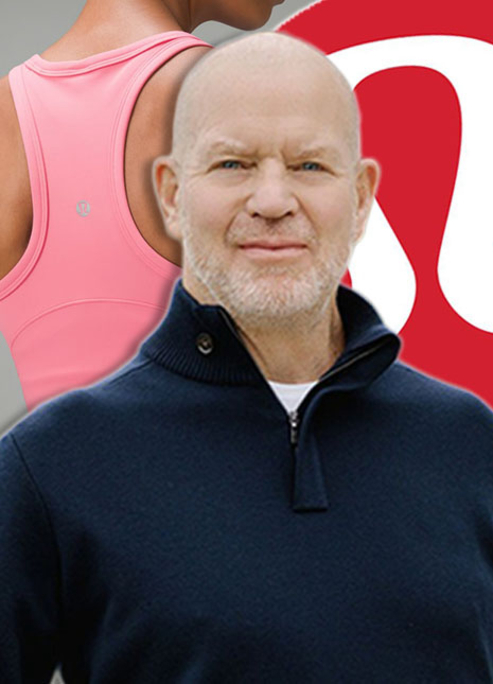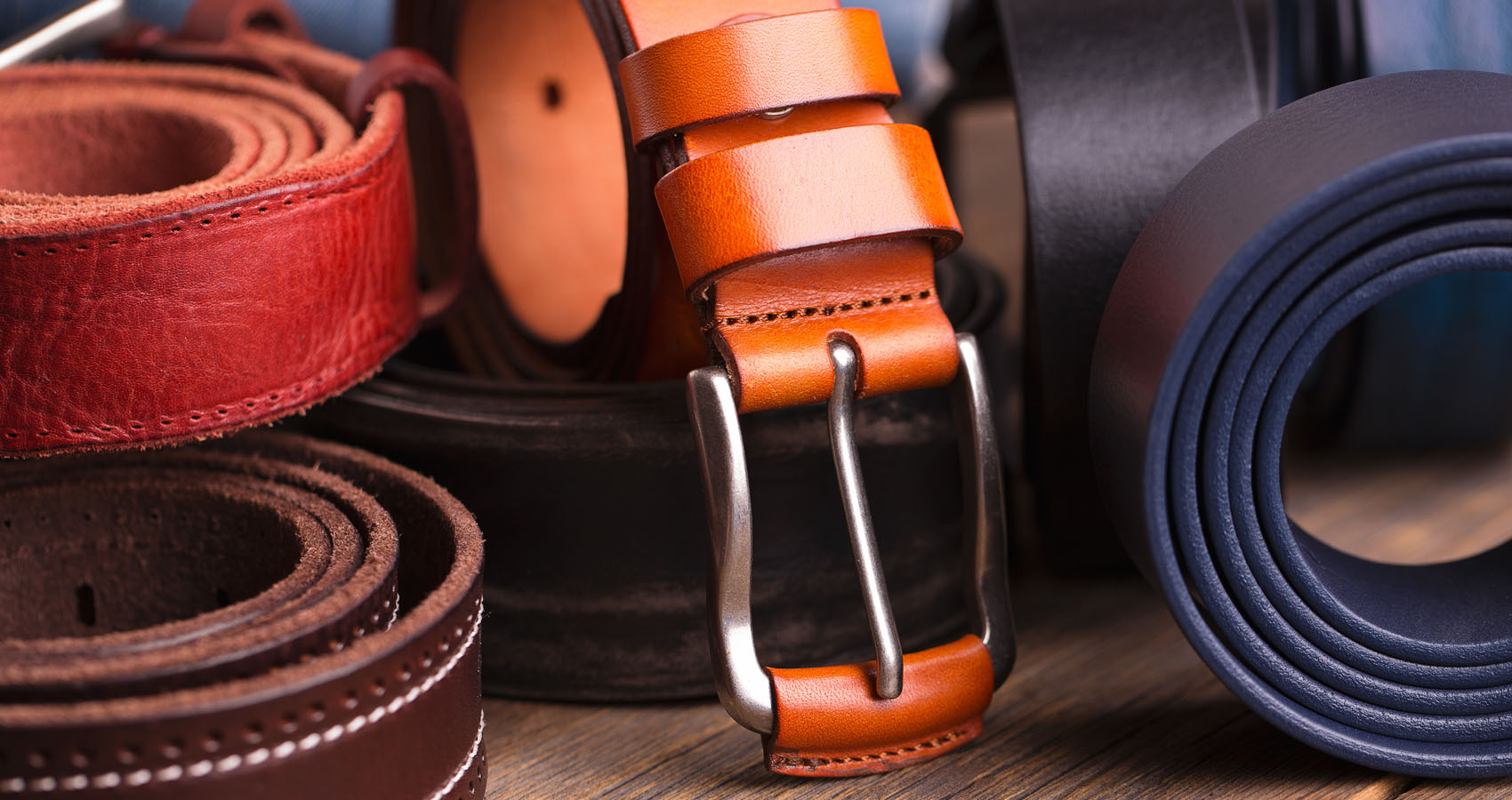
The Ultimate Guide To Men’s Belts
When shopping for one and follow a few basic principles.
Belts are the ultimate accessory. They can instantly elevate your outfit and give it a whole new dimension. Choosing the right belt is as much about fashion as it is about function; a well-crafted belt not only sharpens the lines of an outfit but also subtly conveys the wearer's attention to detail, notes Ryan Thompson, editor at the men's fashion advisory Mensflair.com, highlighting the accessory's pivotal role in menswear.
You don’t need to be an expert on the subject, but there are a few things you should know before you start adding belts to your wardrobe. You don’t need to know the history of belts, how they’re made, and how they’re worn. You just need to take a few simple steps when shopping for one and follow a few basic principles, such as pairing your belt with the right pants. The rest will follow naturally from there. Here’s everything you need to know about belts to help you decide on the perfect one for you.
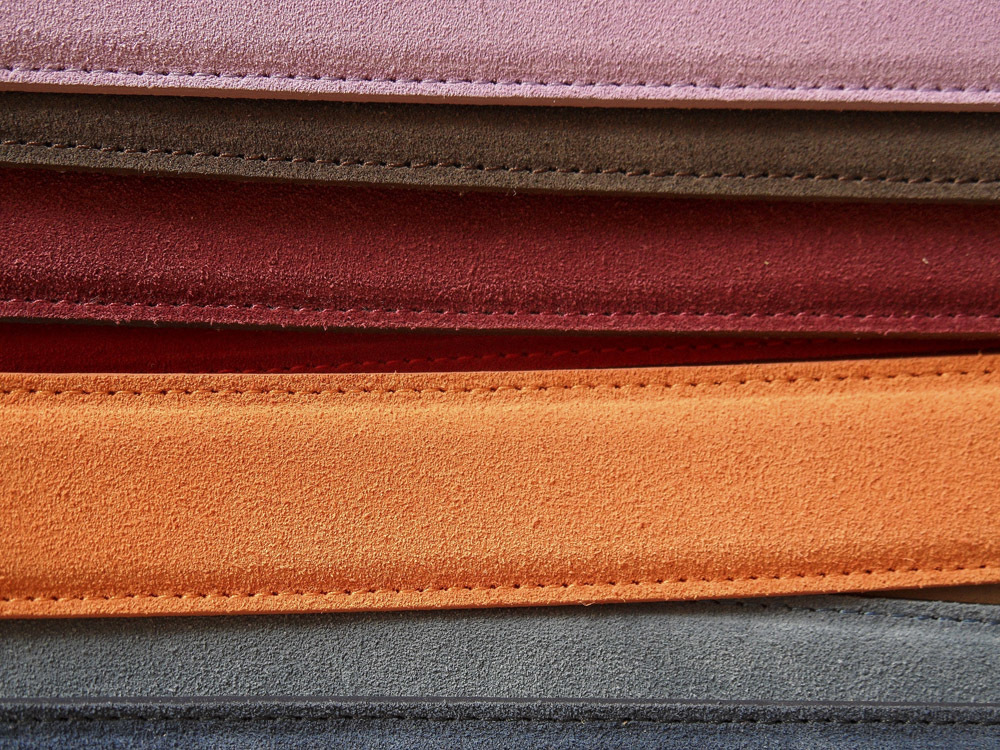
1. Material
The belt’s material is critical when choosing which belt you use on a specific occasion. Sporty belts might not fit in in formal events. Alternatively, you don’t want to use calfskin leather belts for a hunting trip. Here are the most common materials of which belts are made:
-
Leather Belts
When it comes to men’s belts, the most common material you’ll find is leather. Leather belts are usually on the expensive side compared to other materials, especially those made from high-quality hides tanned and dyed to meet strict quality standards. However, not all leathers are created equal, as different animals produce different types of leather with varying qualities. If you’re looking for a brand of leather belts, then consider the range at Von Baer. They have an extensive collection of high-quality belts and other accessories.
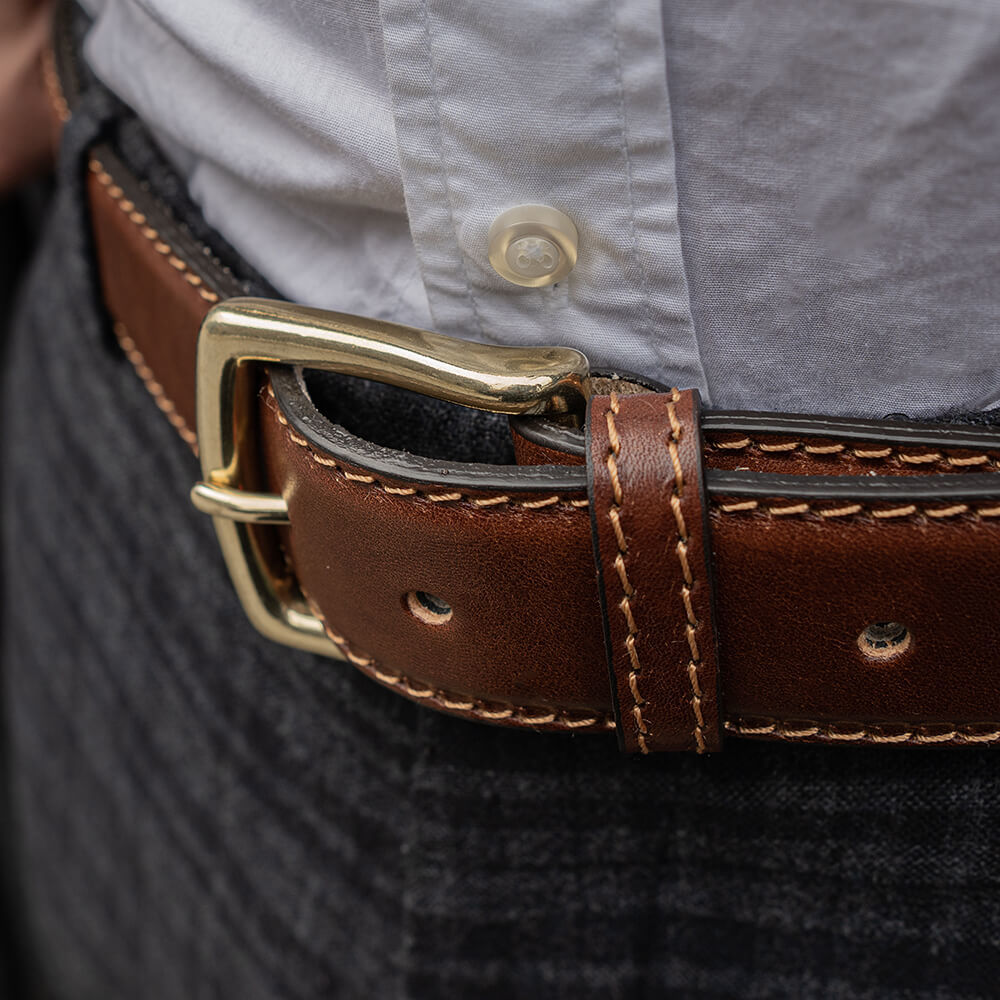
Leather belt from Von Baer
Speaking of leather, artisans create leather from cows, sheep, or goats, often coming from different parts of the animal (such as the belly or back). The quality and thickness of a belt’s leather depend on its source. For example, cowhide tends to be stronger than goat or calfskin but may also be less supple than lambskin.
The quality of the leather is also a factor in the final product. Calfskin is the most common material used for belts. A decent belt made from high-quality leather should feel soft and supple. However, they might come in the more expensive side.
Additionally, you can check the belt to ensure it still retains its structure by flexing it. You can immediately see cracks when you flex low-quality leathers. Another way to test the leather’s quality is to score the back with your fingernail very lightly. If you see a faint line appearing, you can tell the leather is still soft and fresh. On the other hand, old, weathered leather will resist your nail.
Apart from leather, here are other materials you can also consider when looking for your next belt:
-
Braided belts
This belt type is a comfortable option. These belts boast high flexibility, making them ideal for activities that require quite a bit of movement. They can be made or woven with leather, cotton, or polyester. Style experts consider braided belts casual belts, and you can pair them with jeans and sports clothing.
-
Military/Tactical Belts
These belts are commonly made from tightly woven nylon, with a metal or strong plastic buckle. Tactical belts are ideal for men who want to attach a lot of utilities to their belts. For those in the military, construction, and hikers or campers, this is the ideal belt type because the material is sturdy and capable of bearing loads.
There are plenty of other materials designers use to create different belts in the fashion industry. However, leather and belts made from synthetic materials are the most common for the modern man.
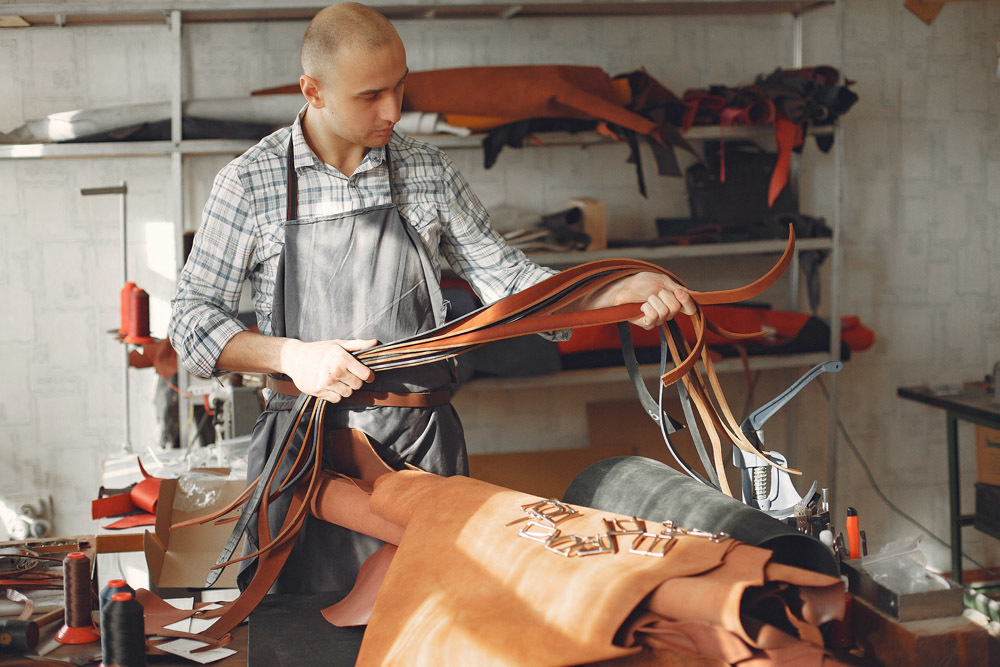
2. Belt Width
The width of your belt should be proportional to your waist size. If you are buying a new belt, measure your waist size and buy a belt that is two inches larger than your waist size. That way, you still have some flexibility if you gain a bit of weight.
As you might have noticed, the size of your belt depends on your build. If you’re a big guy, you’ll need a wider belt. If you’re on the slimmer side, a thinner belt is what’s best for you. But what if one isn’t enough? The solution might just be right under your nose: double belts.
Double belts are two belts worn together to create one wide band around the waist. They’re an excellent option for people with thick waists or who want to add some extra flair to their outfits.
3. Formality And Style Choice
Formality is a measure of how formal a garment is. It’s generally easier to tell how formal a clothing item is by its color, pattern, or material. Formal belts are usually made of leather and are wider than casual belts by around 1.25 inches. They are also more expensive than casual belts, usually ranging above USD$50.
This style choice is determined by the type of clothes you wear. For example, if you’re wearing jeans and a T-shirt, you can go for a casual belt. But say you’re going for a business-casual look. You can’t go wrong with something that looks more professional such as patent leather or even suede leather if you’re feeling extra fancy.
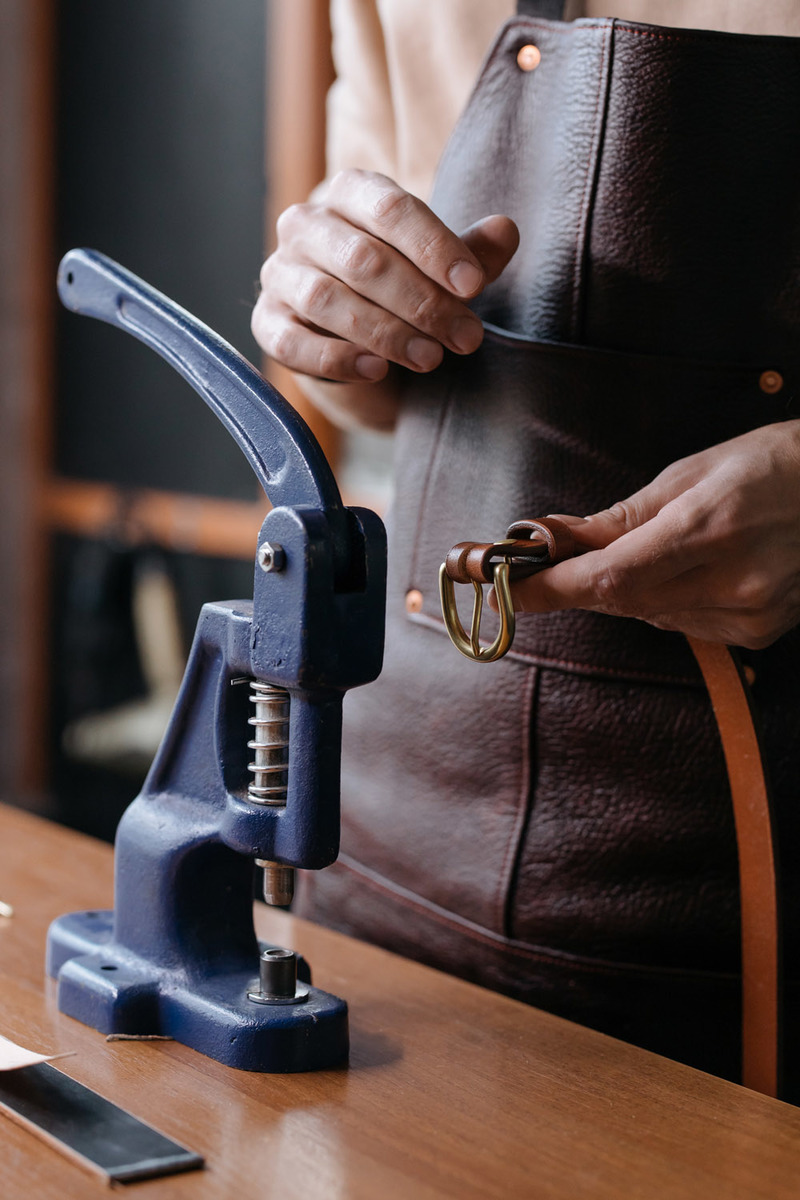
4. Buckle Types
Buckles are the piece that holds your belt together. They come in various shapes and sizes, so it’s important to choose one that matches the style of your belt. Here are the two most common buckle types:
- Metal Buckles: These buckles are made from metal, such as brass or nickel-plated steel. Some men prefer metal for its durability, but it can scratch easily against other metals and become dull over time with excessive use.
- Leather Buckles: Made from leather (or other materials), leather are typically more stylish than metal ones because they allow for more intricacy in their design. For example, you can get a custom-engraved one to show off your style. They also look great when paired with jeans or suits because they fit seamlessly into casual or formal attire alike.
5. Reversible Belts
Reversible belts are belts with swivel mechanisms on the buckle so that it can work on either side of the belt. Usually, most designers create reversible belts with one side black and brown on the other.
Many people often think of reversible belts as having two belts for the price of one. The downside to these belts is that they can break the color symmetry you wish to create, especially when you don’t adjust or wear it properly.
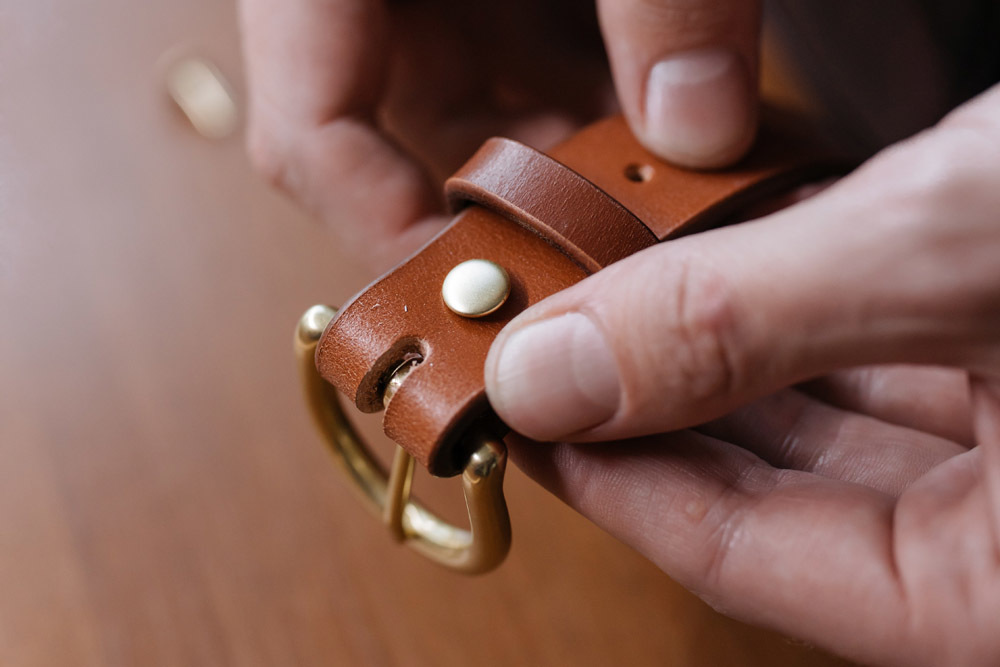
6. Belt Care
On the off chance that you get your leather belt dirty, what you need to do is dip a soft cloth or rag in warm water and wipe off the stain. If this fails, you might need to acquire some leather cleaning solution and try again.
You must remember to use a conditioner afterward to replace the oils the leather cleaning solution stripped off. This ensures that the leather retains its suppleness and mitigates the risk of it degrading prematurely. When not in use, you should either roll up your belt and store it away or hang it on a belt hanger in your closet.
Conclusion
In short, the most important thing to remember about belts is that they are not an accessory meant to look flashy. They are simply a tool for keeping your pants up and showing off your style. As long as you follow these general rules when choosing a belt and a few tricks on how best to wear one (or two), there will never be a time when people don’t compliment your sense of style.



